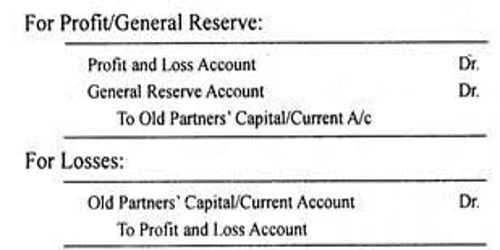An accounting as an information system (AIS) is a system of collecting, storing and processing financial and accounting data that are used by decision-makers. It is a structure that a business uses to collect, store, manage, process, retrieve and report its financial data. An accounting information system is generally a computer-based method for tracking accounting activity in conjunction with information technology resources. It can be used by accountants, consultants, business analysts, managers, chief financial officers (CFOs), auditors, regulators, and tax agencies. The resulting financial reports can be used internally by management or externally by other interested parties including investors, creditors and tax authorities. Accounting information systems are designed to support all accounting functions and activities including auditing, financial accounting & reporting, managerial/ management accounting, and tax. An AIS combines traditional accounting practices, such as the use of Generally Accepted Accounting Principles (GAAP), with modern information technology resources. The most widely adopted accounting information systems are auditing and financial reporting modules. Although an AIS can be a manual system, today most accounting information systems are computer-based.
Advantages and implications
An accounting information system contains various elements important in the accounting cycle. A big advantage of computer-based accounting information systems is that they automate and streamline reporting, develop advanced modeling and support data mining. Reporting is a major tool for organizations to accurately see summarized, timely information used for decision-making and financial reporting. These systems must ensure that the reports are timely so that decision-makers are not acting on old, irrelevant information and, rather, able to act quickly and effectively based on report results. It must have a database structure to store information. Consolidation is one of the hallmarks of reporting as people do not have to look through an enormous number of transactions. For instance, at the end of the month, a financial accountant consolidates all the paid vouchers by running a report on the system. The system’s application layer provides a report with the total amount paid to its vendors for that particular month.
Today, AIS vendors tout their governance, risk management, and compliance features to ensure business processes are robust and protected and the organization’s assets (including data) are secured. Following is the list of Users of Accounting Information: Owners/Shareholders, Managers, Prospective Investors, Creditors, Bankers, Lending, Institutions, Government, Regulatory Agencies, Researchers, etc.
Accounting information systems have three basic functions:
- The first function of an AIS is the efficient and effective collection and storage of data concerning an organization’s financial activities.
- The second function of an AIS is to supply information useful for making decisions, including producing managerial reports and financial statements.
- The third function of an AIS is to make sure controls are in place to accurately record and process data.
















